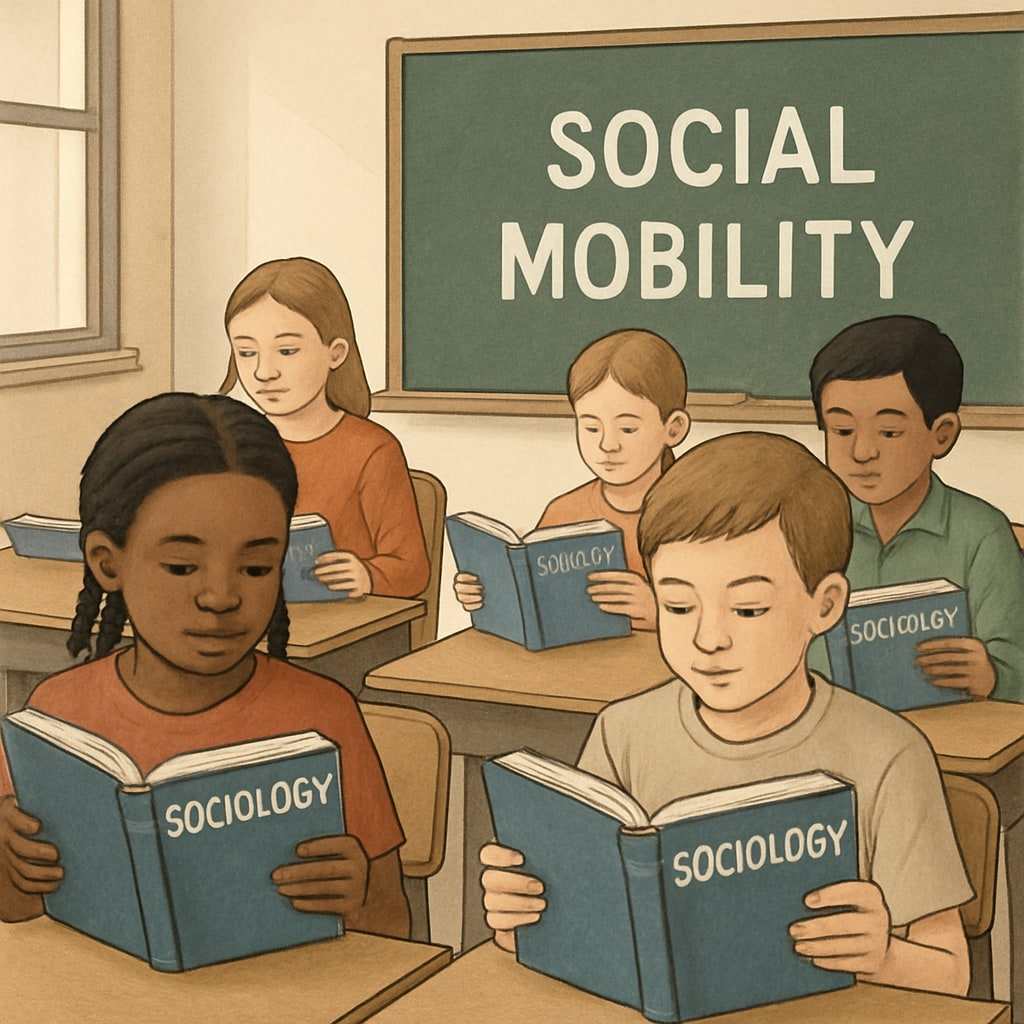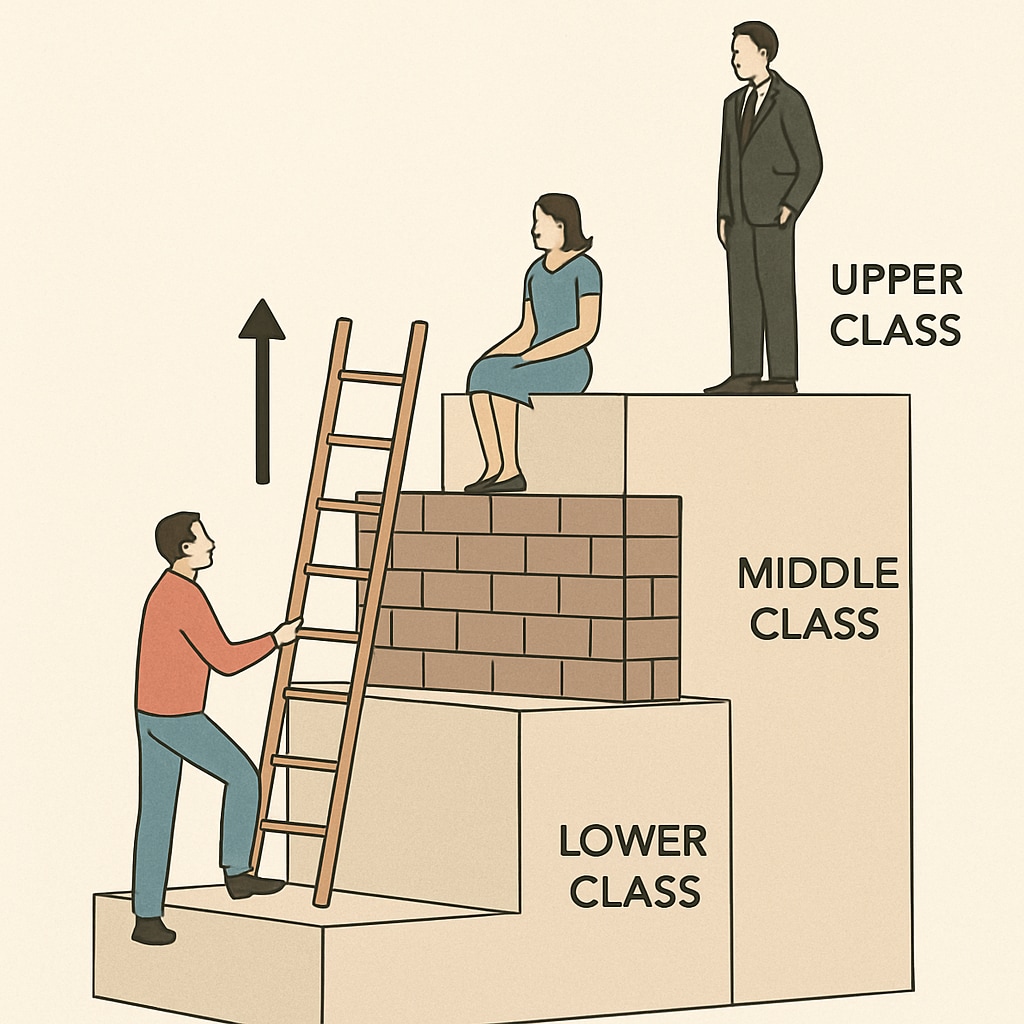The concepts of social class, mobility, and education are critical for understanding societal dynamics. Yet, a recent controversy surrounding a 6th-grade sociology textbook has sparked debate about how the rigidity of social class is portrayed in schools. The textbook reportedly describes class structures as “unchangeable,” raising concerns about the effects of such teachings on young minds. Is this a misrepresentation of reality, or does it serve a purpose in shaping students’ understanding of society?
How Textbooks Shape Worldviews
Textbooks hold significant power in shaping a child’s worldview. As a core educational resource, they are often perceived as authoritative and unbiased. However, when a textbook describes social class as “rigid and unchangeable,” it risks embedding a deterministic approach to societal dynamics in students’ minds. Instead of highlighting the possibilities of upward mobility or systemic change, such narratives may foster a sense of defeatism.

For example, significant sociological theories—such as those by Karl Marx and Max Weber—offer nuanced perspectives on class structures, including the potential for mobility. By ignoring these theories or presenting a one-sided narrative, textbooks may fail to provide students with a balanced understanding of the complexities of social hierarchies.
The Reality of Social Mobility: A Mixed Picture
In reality, social mobility is neither entirely rigid nor universally fluid. Studies show that while economic and educational opportunities enable upward mobility for some, systemic barriers often limit access for others. According to research published by Britannica, factors such as wealth, education, and social capital heavily influence an individual’s ability to move between classes.
Moreover, cultural attitudes and institutional structures play a significant role. For example, countries with robust welfare systems and equitable educational policies tend to see higher rates of mobility compared to those with entrenched inequalities. To present social class as universally rigid is to overlook these variances and deny students an opportunity to understand the mechanisms of change.
The Risks of Deterministic Narratives in Education
When students are taught that social class is immutable, the consequences can be far-reaching. Such deterministic narratives may:
- Discourage ambition by fostering a belief that effort and education cannot alter one’s societal position.
- Perpetuate stereotypes, reinforcing biases against lower or marginalized classes.
- Undermine critical thinking by presenting a simplistic view of complex societal structures.
In addition, these teachings may inadvertently normalize inequality, leading students to accept systemic barriers as inevitable rather than challengeable.

How Schools Can Promote Balanced Perspectives
To counteract these issues, schools should aim for balanced and nuanced depictions of social mobility. Recommendations include:
- Incorporating diverse sociological theories, including those that emphasize systemic change and individual agency.
- Using real-world examples to show both barriers and opportunities for mobility.
- Encouraging critical discussions about class, privilege, and inequality.
Additionally, educators can supplement textbooks with external materials, such as studies from Wikipedia’s entry on social mobility, to provide a broader perspective on the topic.
Conclusion: Rethinking Educational Narratives
The portrayal of social class as “unchangeable” in school textbooks raises critical questions about the role of education in shaping societal beliefs. While it is essential to acknowledge the challenges associated with mobility, it is equally important to inspire hope and critical thinking among students. By fostering balanced discussions and challenging deterministic narratives, schools can empower children to envision—and work towards—a more equitable society.
Readability guidance: Short paragraphs, active voice, and transitional phrases ensure clarity and flow. Lists summarize key points, reducing complexity for readers.


